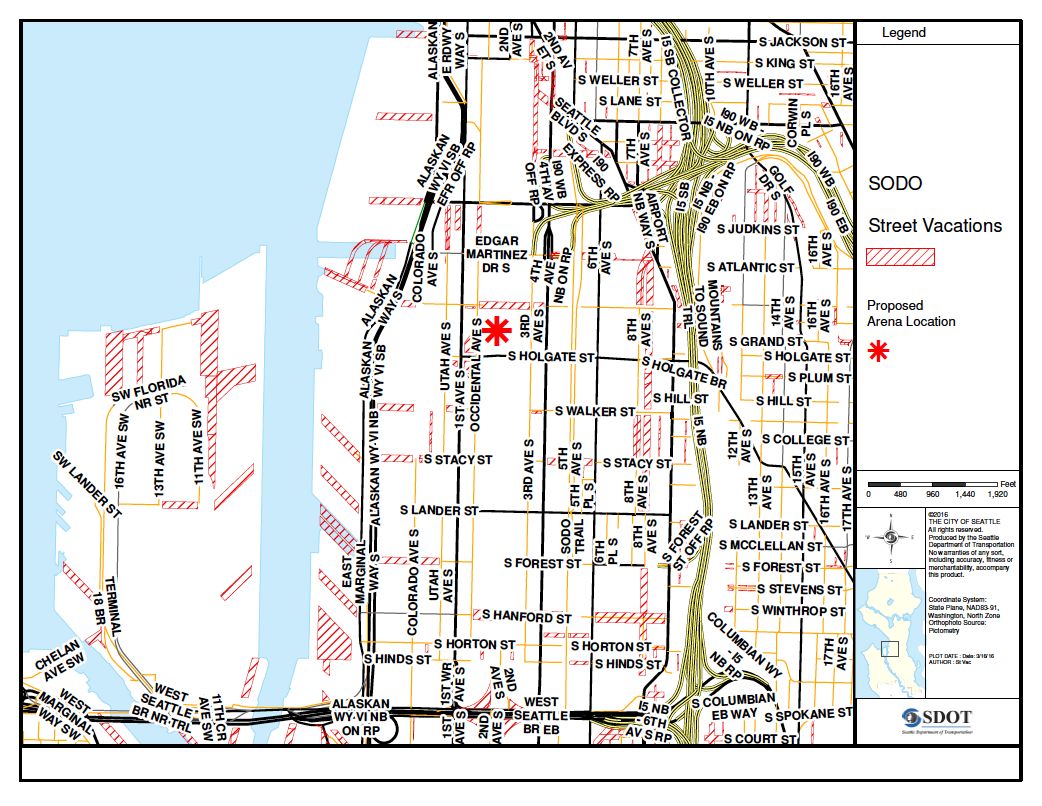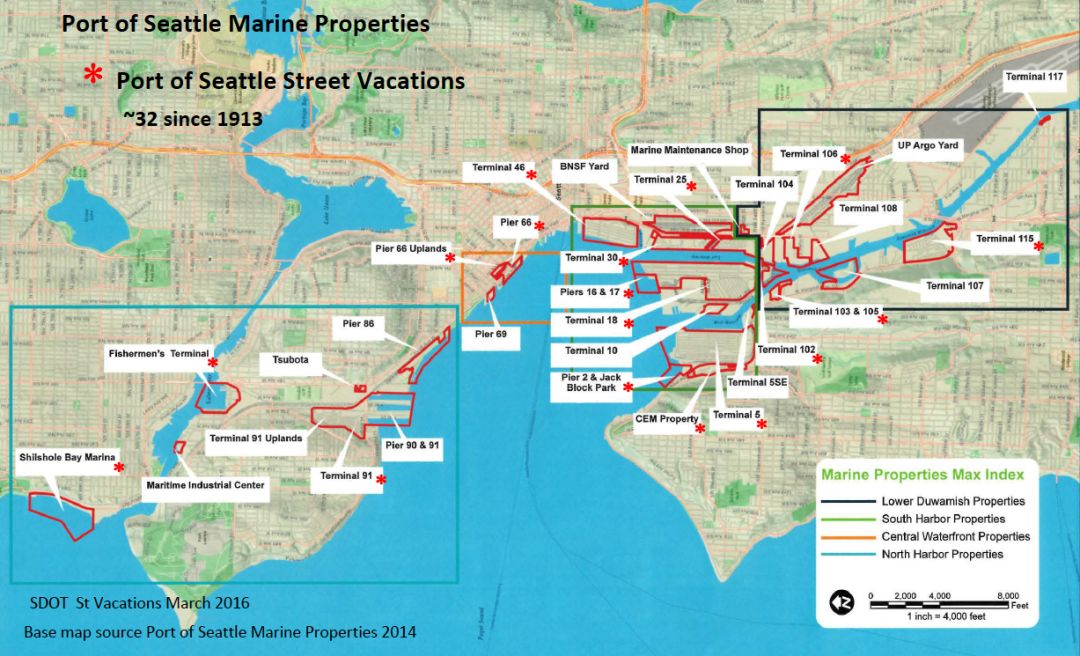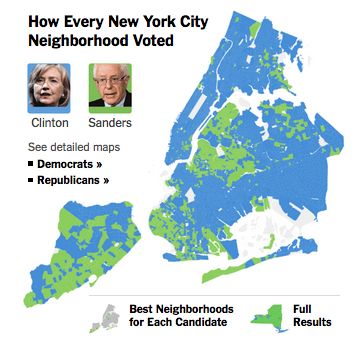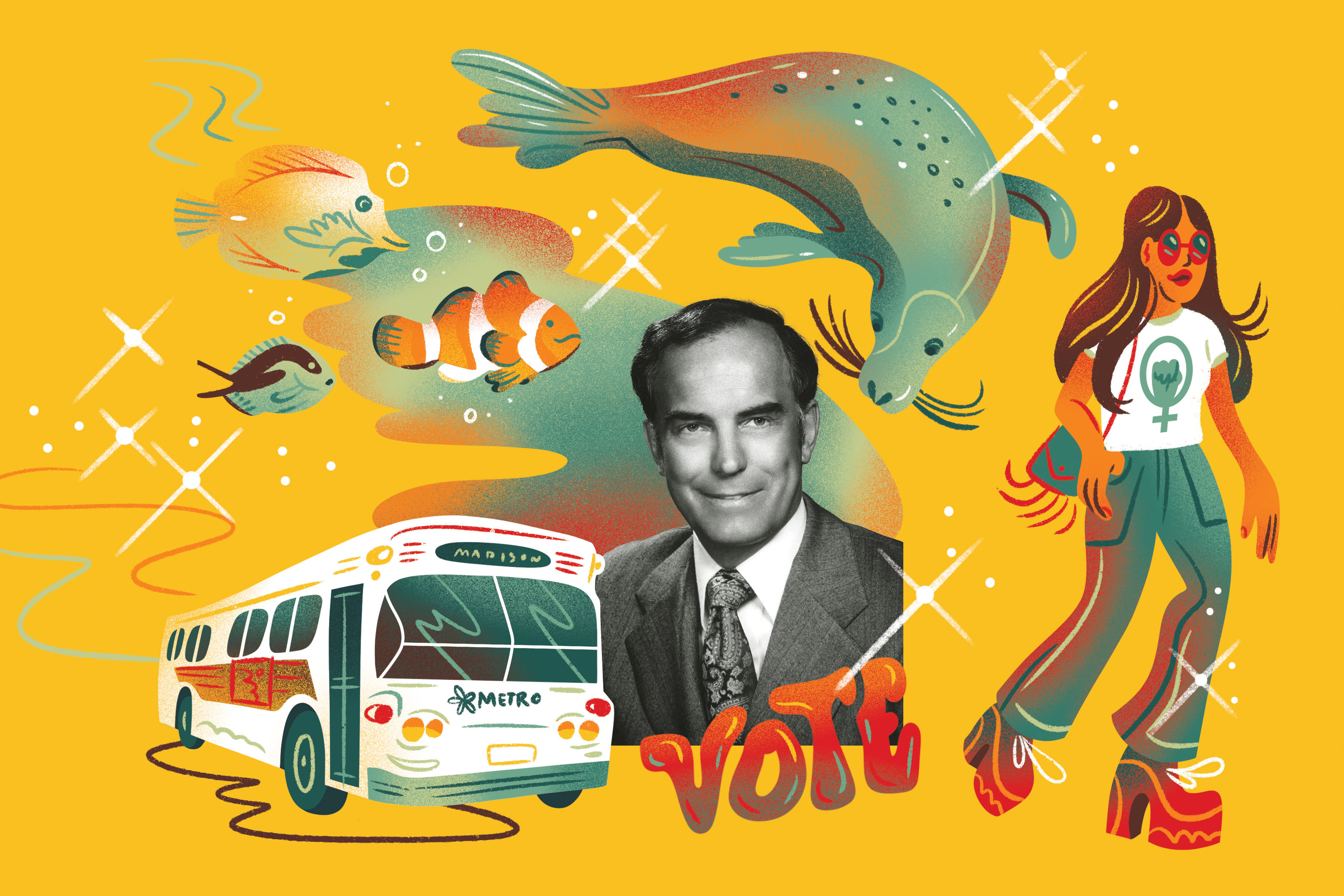Transit, Density, Minority Voters, and Other Questions About Cities

I’m working on a story for the magazine, so I had to miss most of the day’s action. And there was plenty of action. Here’s my best at summarizing the busy news day.
1. The council’s transportation committee voted 4-1 (Tim Burgess, Bruce Harrell, Rob Johnson, and committee chair Mike O’Brien versus Sally Bagshaw) to approve the controversial Occidental street vacation to help move Chris Hansen’s NBA arena plan forward. Burgess rolled out two slides showing that both the Port of Seattle (they’re dead against the arena and new port commissioner Fred Felleman testified against the proposal yesterday) has gotten plenty of street vacations themselves over the years. Burgess also had a slide showing that the city has granted several street vacations in the SoDo neighborhood in general.


Says Burgess: “The point of the maps is there have been dozens of street vacations in SoDo. [The] city has not been hesitant to use our vacation authority to strongly support the ports and [the] maritime/industrial sector.”
2. Also, yesterday night, there was a meeting in Ballard where community members weighed in on ST3: people called for a grade separated track west of 15th in Interbay and a tunnel under Salmon bay rather than a drawbridge. The Seattle Times reports on the meeting here. And Erica C. Barnett and Heidi Groover tweeted about it here and here.
3. There was also a city open house at MOHAI in South Lake Union where the mayor and all the city department heads showcased the mayor’s housing affordability and livability agenda (HALA)—the mayor’s plan to require developers to build affordable housing in exchange for upzones. There was a Q&A with the mayor. Not surprisingly, skeptical of upzones people asked about dogs and trees.
However, one woman who was in favor of upzones pushed the mayor and asked why single family neighborhoods weren’t being asked to accept more density with duplexes and triplexes as his original plan suggested. Surprisingly, that question drew cheers. The mayor, however, doubled down on his decision last summer to renege that part of HALA saying upzones would only hit urban hub villages on the outskirts of single family zones. Murray noted that we have two times as much land as similarly-sized cities like San Francisco and Boston so we can accommodate growth, while leaving single family zones alone. Of course, what he misses about Boston and San Francisco is that their higher density makes their urban transit systems more efficient, which makes those cities far better models of sustainability.
4. There were also some big national election results last night, including decisive wins for Donald Trump on the GOP side and Hillary Clinton on the Democratic side. The thing I’m finding puzzling about Clinton’s wins, highlighted last night after she killed it in the five boroughs, is this: Throughout the primary, Clinton keeps winning the cities—Chicago, Miami, St. Louis, Cleveland, and now New York City—propelling her to victories despite Sanders’ dominance in the outlying exurbs.

Simultaneously, as she did last night, she holds a big margin among African American and minority voters. But hasn’t the narrative over the last several years been that young whites (Sanders's voters) are displacing minorities from cities to the far flung suburbs?
5. And another thing ; ) …. and I’ve gotten cranky about this local meme before... that Capitol Hill isn't what it used to be. It's time to time to push back again:
I was out last night, and there, on a Tuesday night, I stumbled into a crowded rock show at an art gallery. I’ve lived on the Hill for 17 years, and I can tell you, it was not typical to find crowded rock shows on Tuesday nights in small art galleries on Capitol Hill. Yes, there were venues for bigger bands, but bar hopping and stumbling on a crowded scene like that on a Tuesday night—on the once bleak 11th Avenue East—was not in the cards in 2006.
Here’s the deal: While everyone’s busy griping that artists can’t live on Capitol Hill (and yes, rents have skyrocketed), there appear to be plenty more venues and opportunities for artists to show up and perform in Capitol Hill these days; according to a map of venues published by the Capitol Hill Housing in 2014, there were 28 art spaces on the hill.
What’s better for the cultural life of a city: artists actually getting out and performing in the nightlife district or artists who can live in the hipster neighborhood, but can only dream about performing?

